About
The size and specification of wastewater treatment system you need is generally determined by the hourly flow rate (to ensure the system can cope with the throughput) and the loading (of Suspended Solids, Fats, Oils & Greases etc.).
For example; if your wastewater has a high loading then it may be recommended that you utilise a larger capacity system to ensure effective treatment can be achieved.
For flow rates from 20,000 to 40,000 litres per hour, we would recommend the following treatment systems:
DAF Model 20
The Watermark Projects DAF Model 20 can process up to 40,000 litres of effluent per hour making it the largest of our skid mounted systems. While still utilising a compact structure, our Model 20 offers a complete water clarification package, perfect for any small to large site.
Like our other models, the Model 20 uses dissolved air flotation technology to reduce parameters such as Chemical Oxygen Demand and Fats, Oils & Greases.
To future proof your wastewater treatment, we would suggest an upgrade to our Bespoke models which can be tailored to your liking regarding footprint and load capacity.

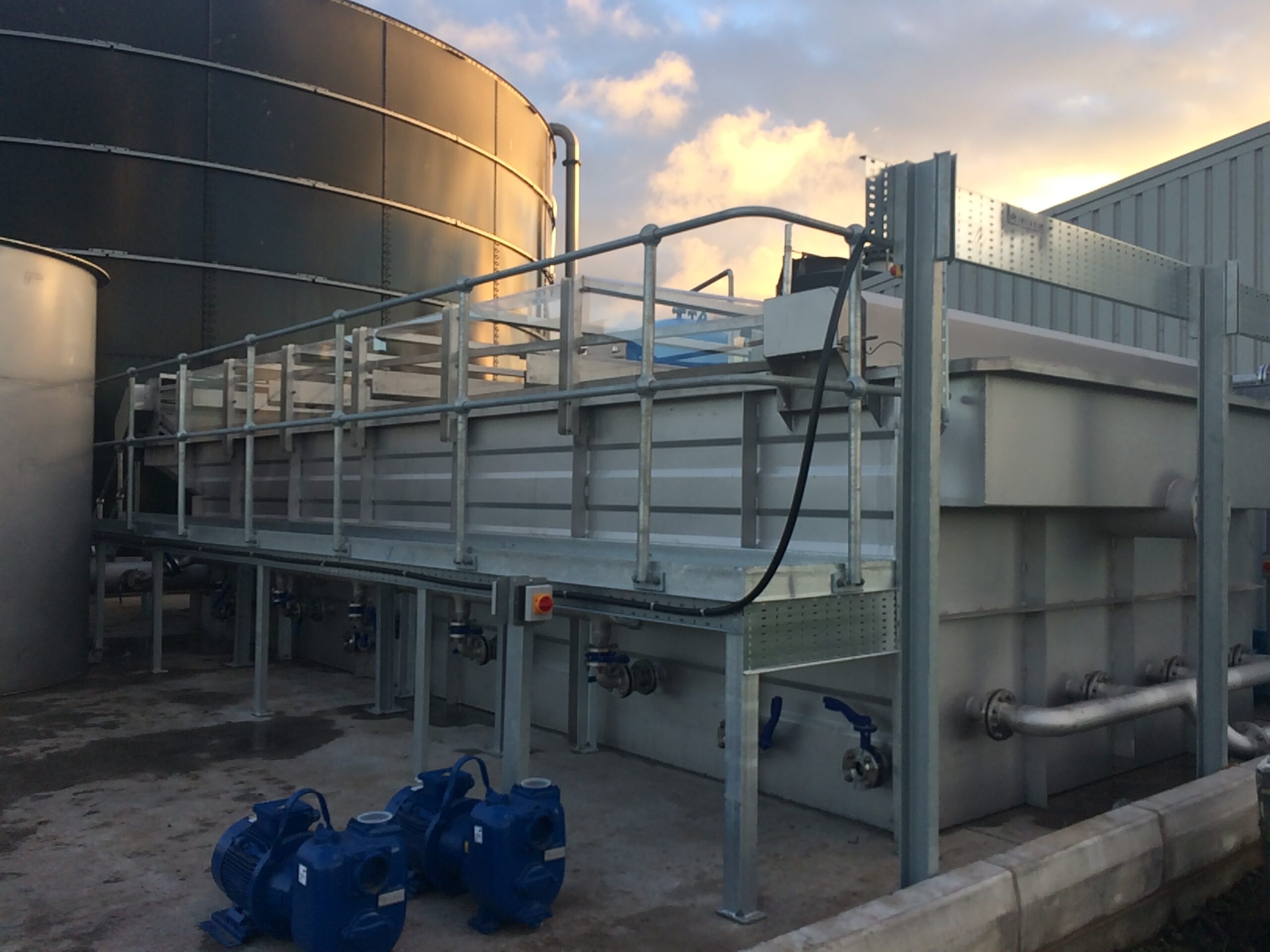
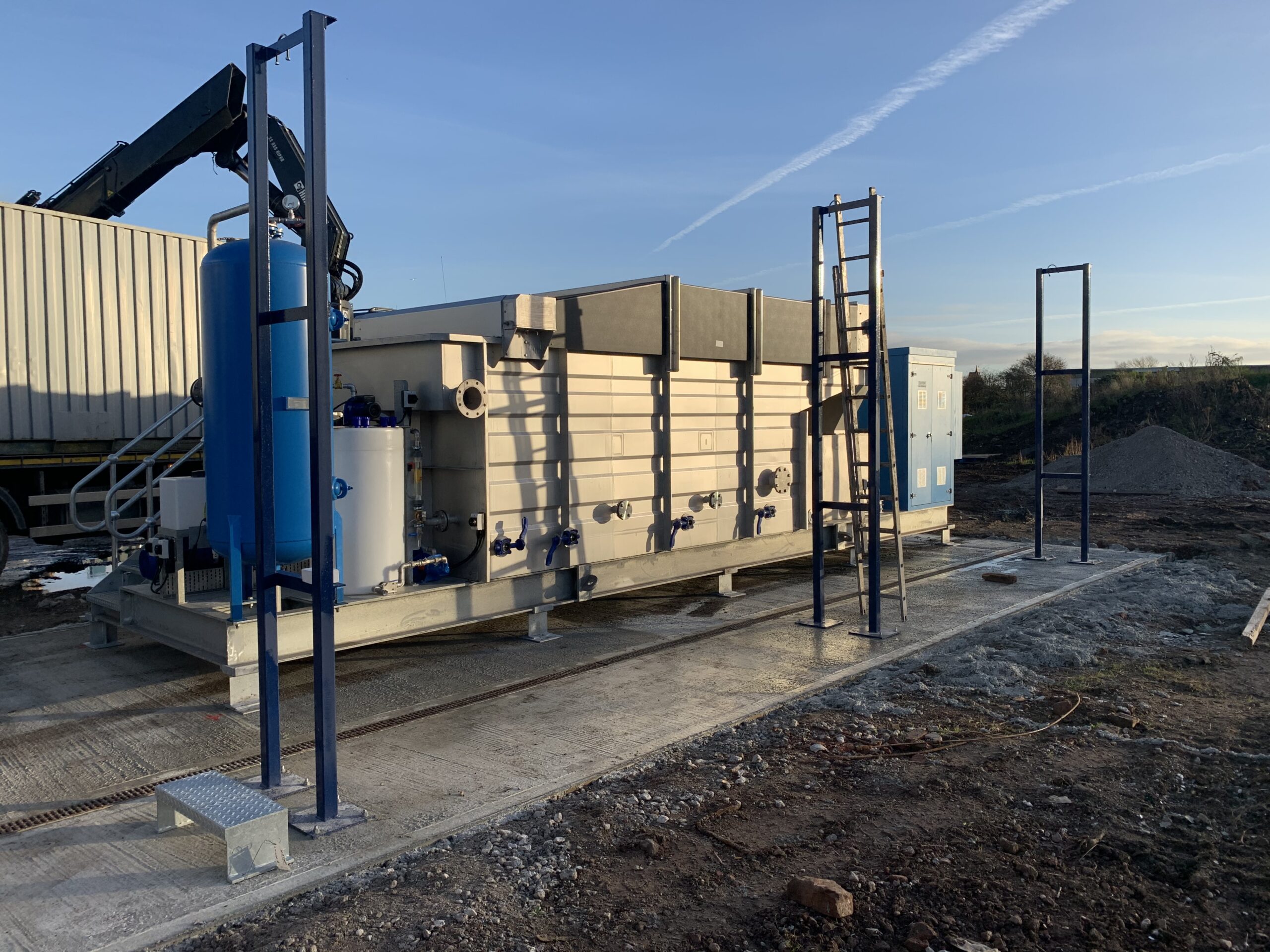
Pre-Screen MAXI
Our Pre-Screen MAXI is the largest rotary pre screen system we offer. With a working capacity of up to 60,000 litres per hour this screen can deal with all manner of gross solids. While we would advice this figure can vary depending on the sediment, it has a potential of between 30,000 and 60,000 litres per hour.
The Pre-Screen MAXI offers a bespoke primary solution to your wastewater treatment.

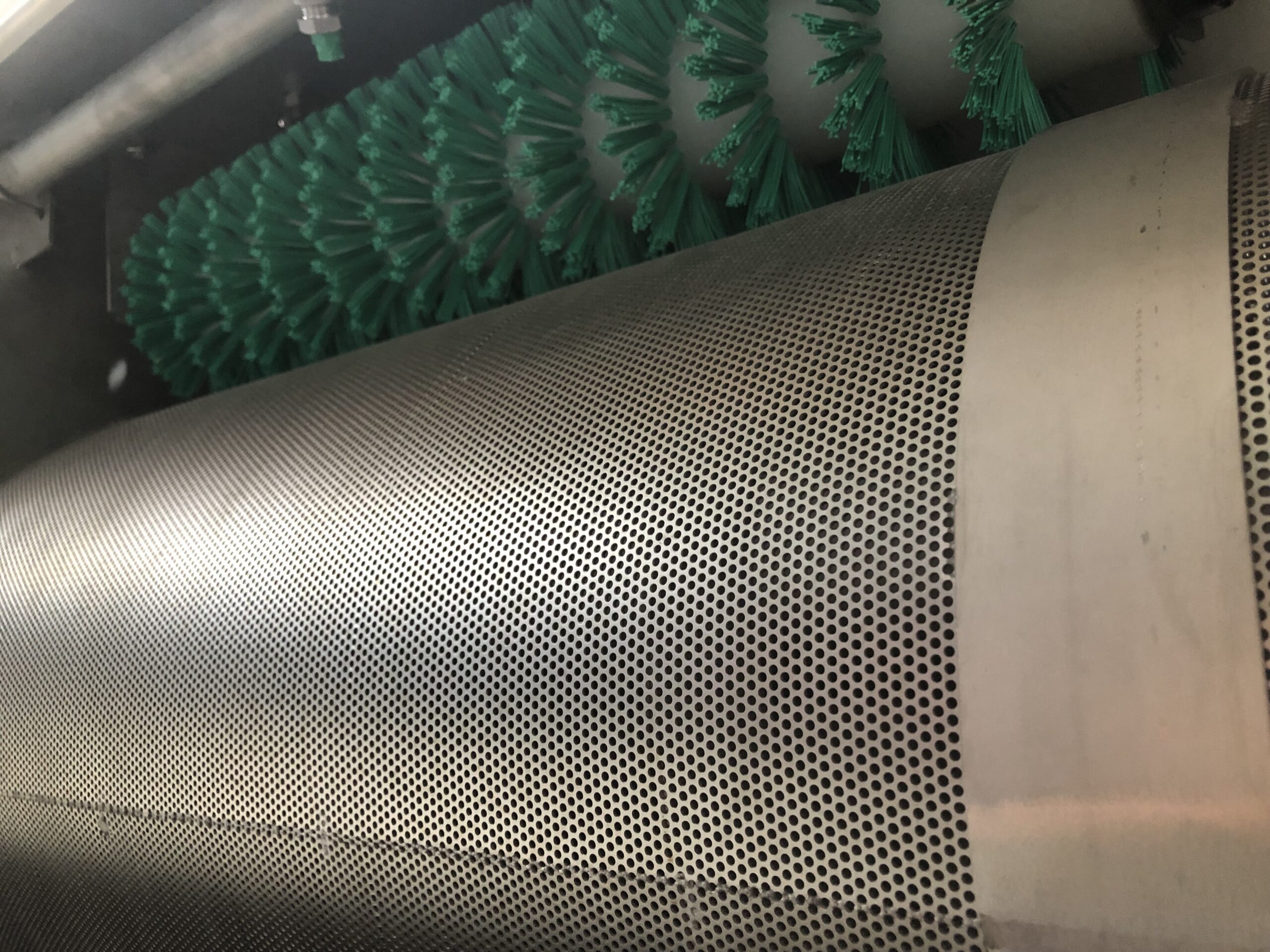
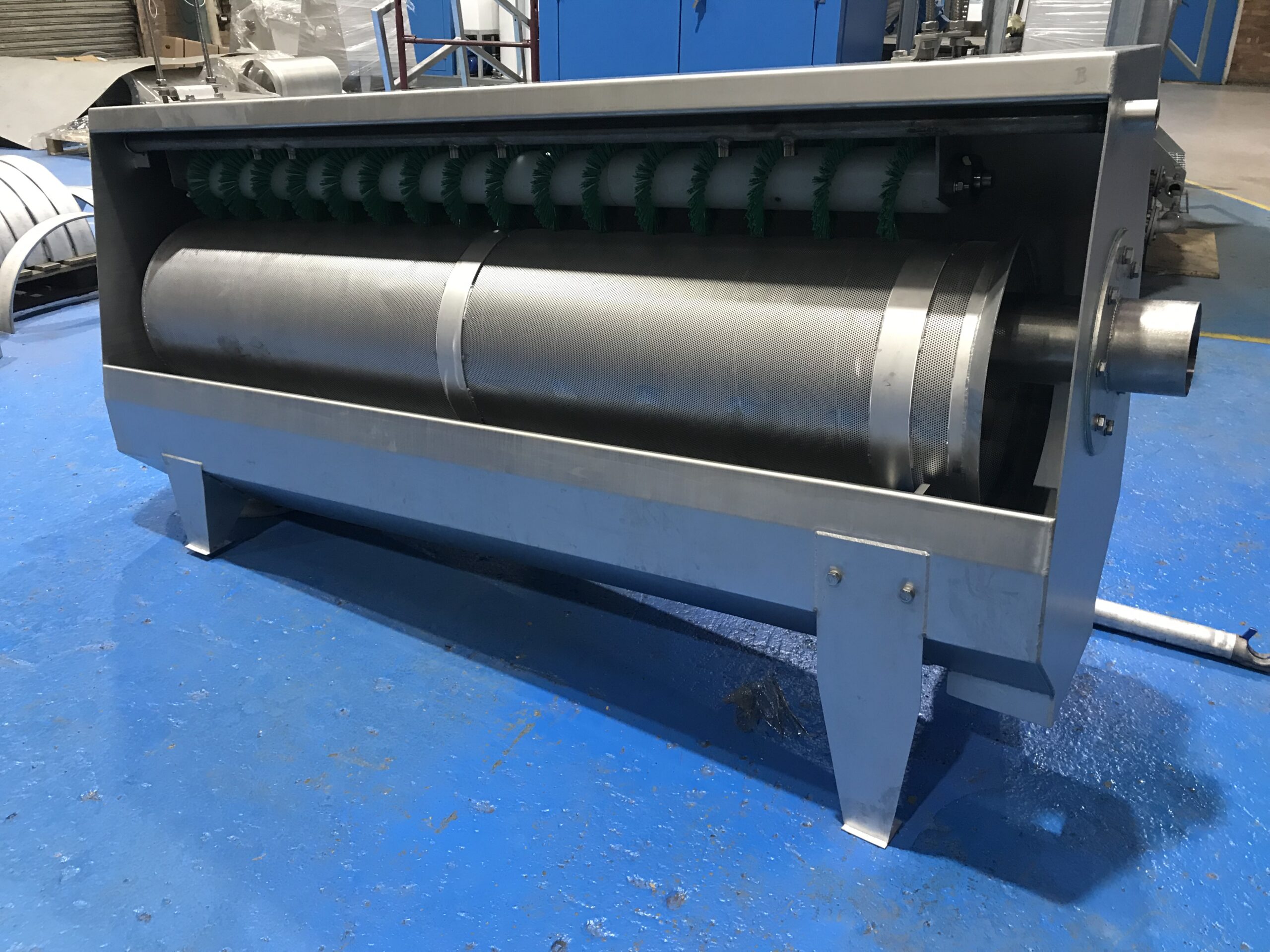
De-Watering SP4000
The SP4000 Dewatering Screw Press. Skid mounted and available with or without onboard polymer dosing.
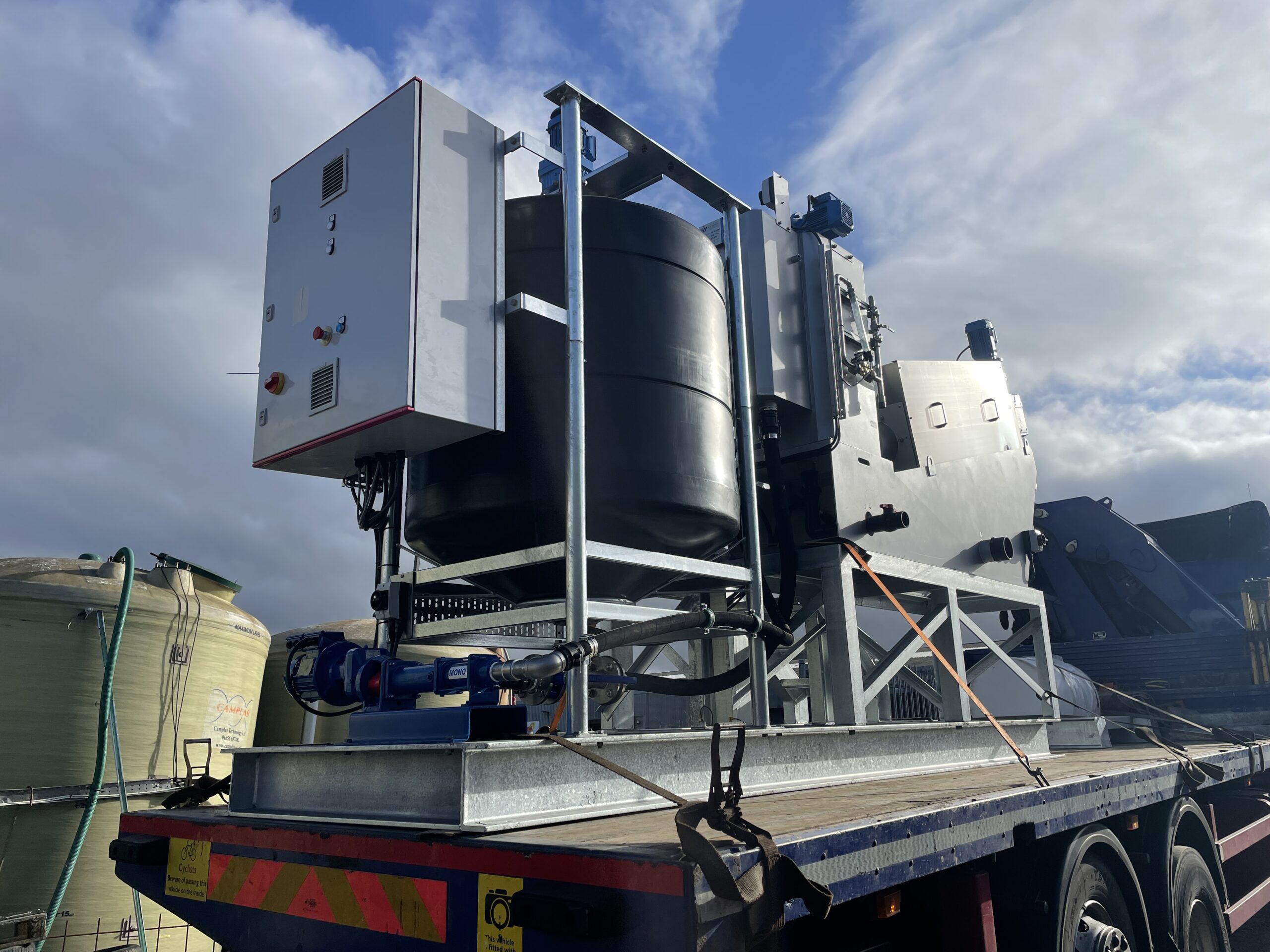
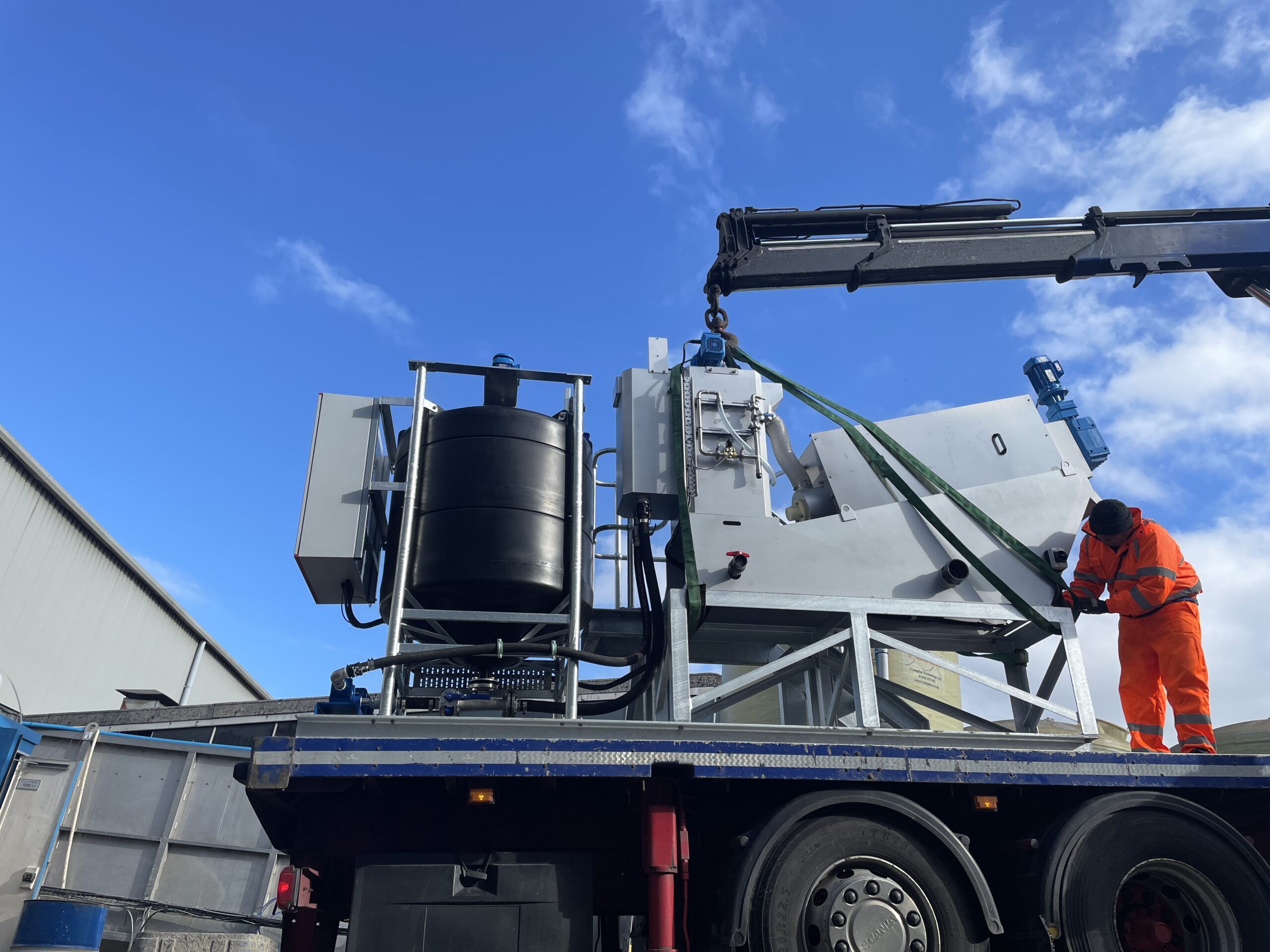
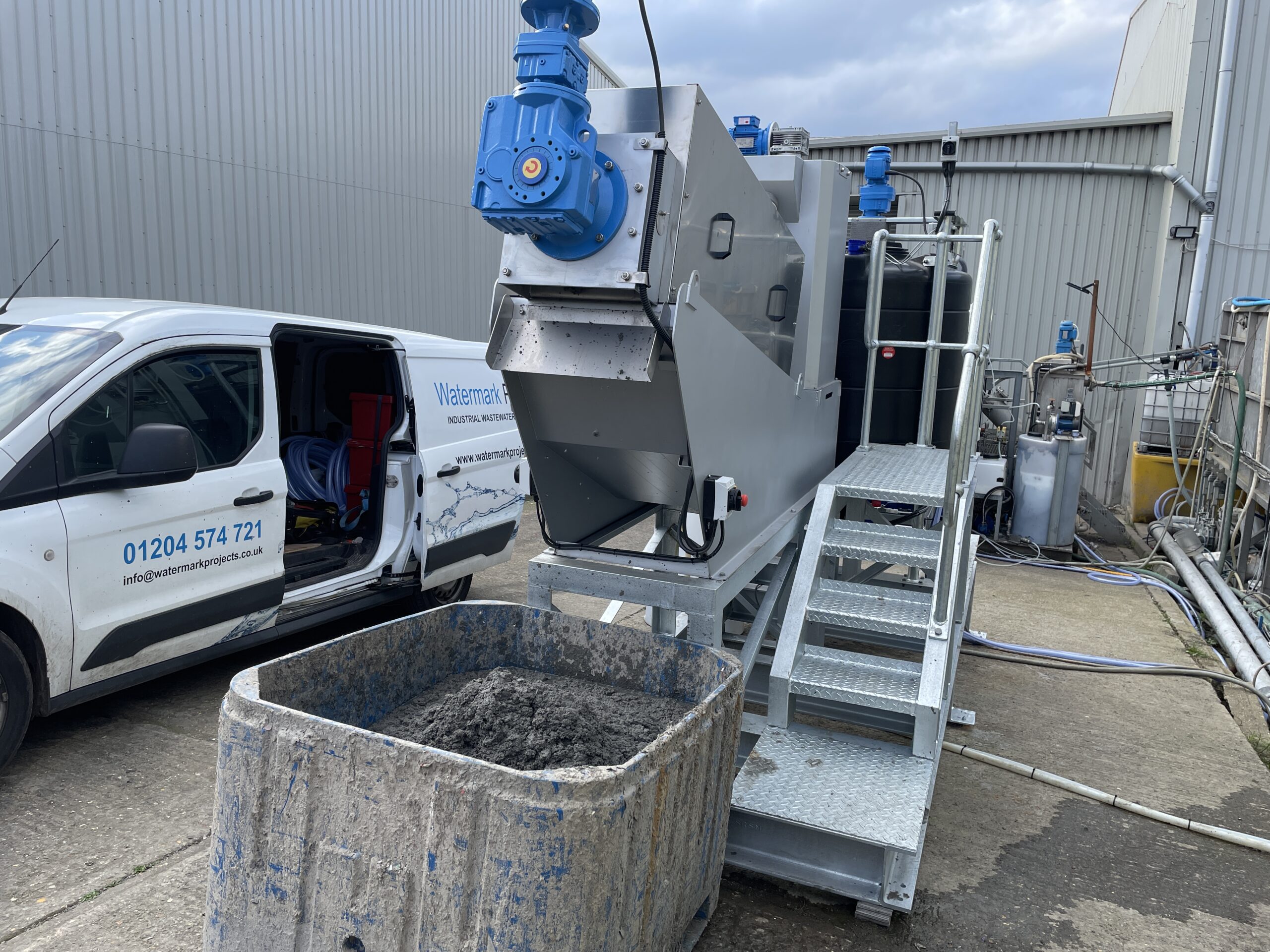
If you’re unsure of your flow rate you can check your recent bills from your local water authority to see how much you are discharging per month. You can then determine your average flow rate by dividing this by your monthly operating hours but this will not highlight any peak flows which could impact the size of treatment system you require.
